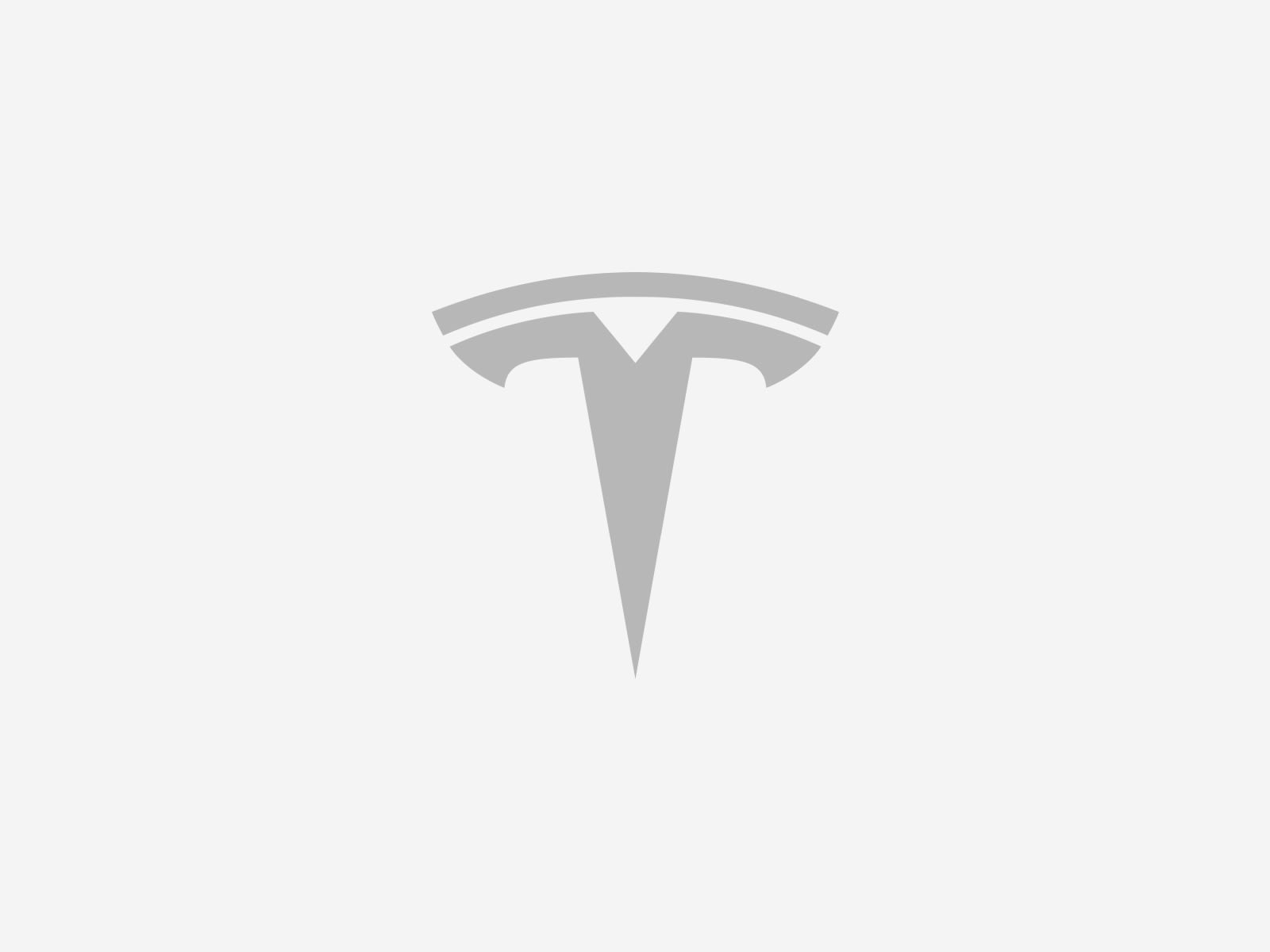So I'm looking for some guidance on a new two wall connector install:
My current setup is an old nema 14-50 plug, powered by a 60amp breaker from my main panel.
My plan is to remove the nema plug, install a 125 amp sub panel (feeding it from the old nema plug), install two 60 amp breakers in the subpanel, and run new lines to the two gen 3 Tesla wall connectors.
With power-sharing (setting the max output to 48amps) between the two is this possible without overloading the subpanel? From my understanding, powersharing should not allow both chargers to run simultaneously, thus I would never overload the subpanel.
I'm not at all familiar with how this works in practice as my last setup was two dedicated 60 amp breakers to two wall connectors.
Thanks for your replies!
My current setup is an old nema 14-50 plug, powered by a 60amp breaker from my main panel.
My plan is to remove the nema plug, install a 125 amp sub panel (feeding it from the old nema plug), install two 60 amp breakers in the subpanel, and run new lines to the two gen 3 Tesla wall connectors.
With power-sharing (setting the max output to 48amps) between the two is this possible without overloading the subpanel? From my understanding, powersharing should not allow both chargers to run simultaneously, thus I would never overload the subpanel.
I'm not at all familiar with how this works in practice as my last setup was two dedicated 60 amp breakers to two wall connectors.
Thanks for your replies!



